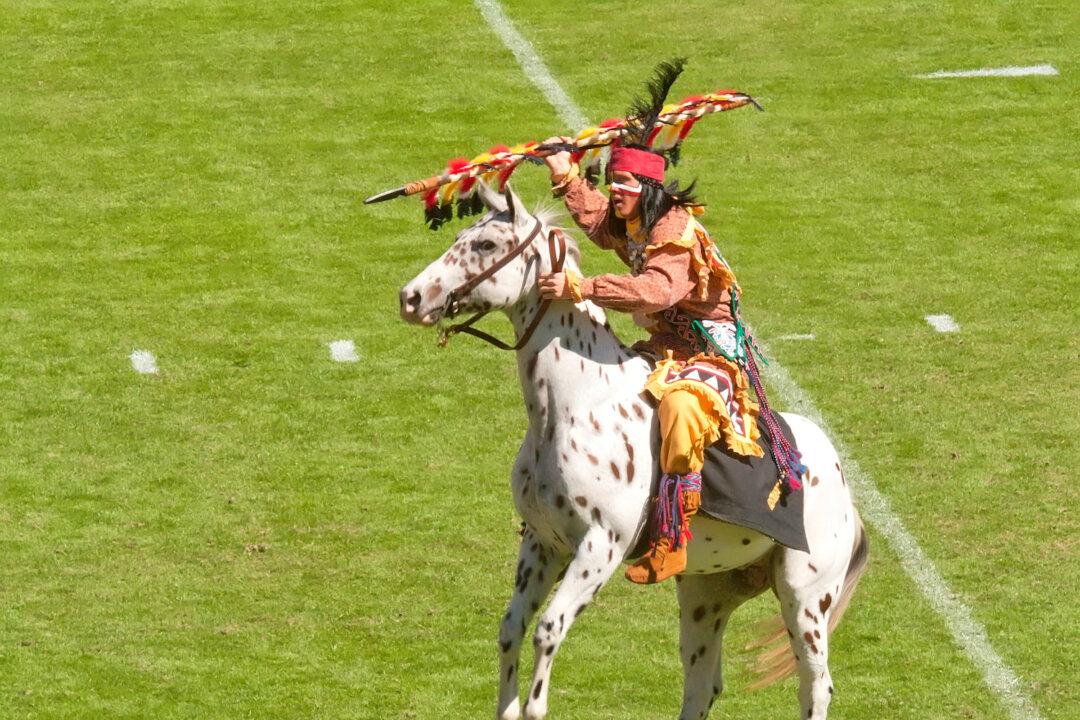Several adventurous travelers clamber aboard an amphibious vehicle for a trip through shady swamplands seeking sightings of bison, panthers and other four-legged denizens. Not far away people watch in awe as a daring wrestler pulls an alligator out of the water and grapples it to the ground. Later these sightseers are introduced to ages-old traditions of the local residents that include dances, foods and rituals.
These folks are enjoying one of the most intriguing and often overlooked tourism opportunities in the country. They’re visiting the Seminole Indian Reservation in Florida, hidden deep in the Everglades, the largest subtropical wilderness in the United States.





